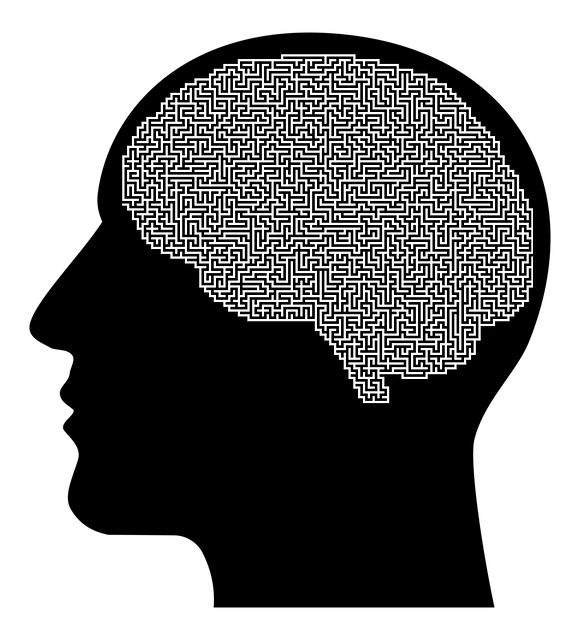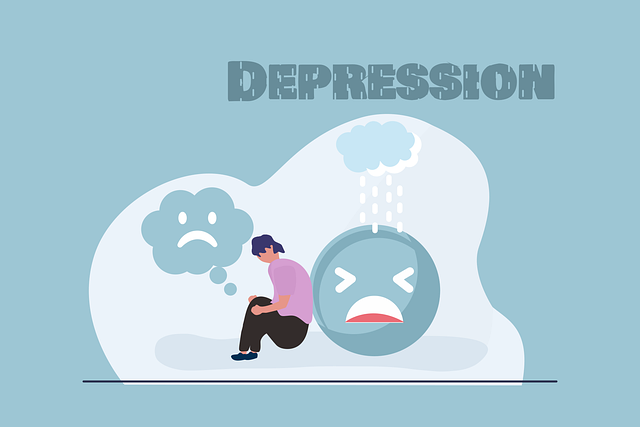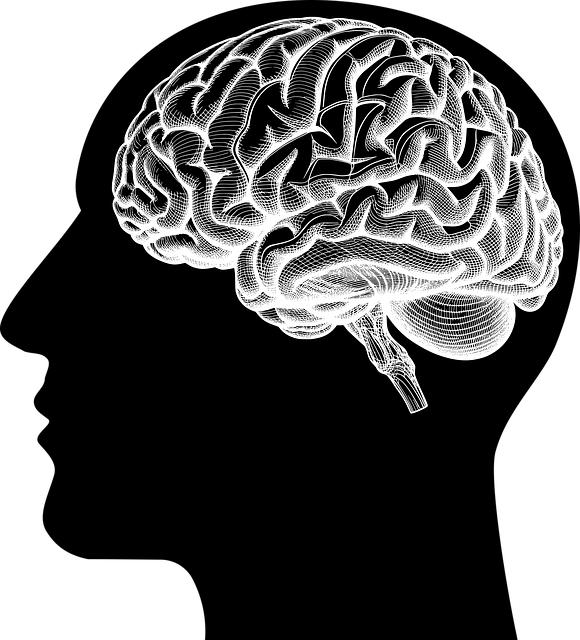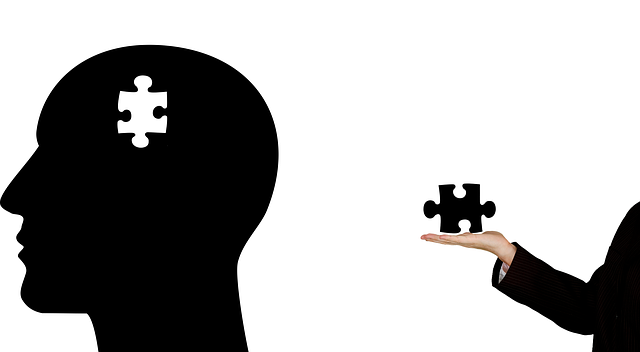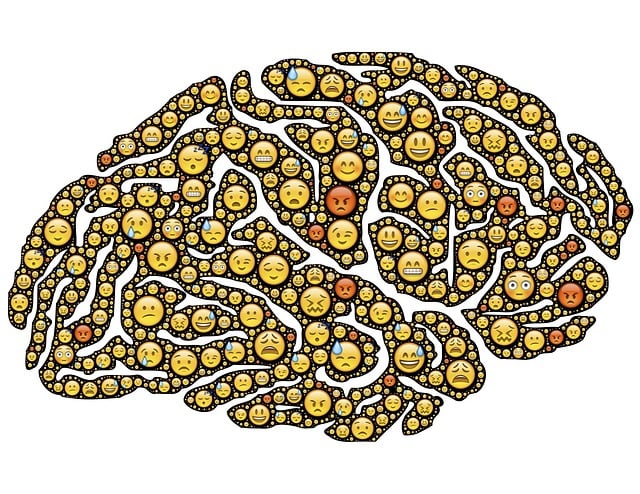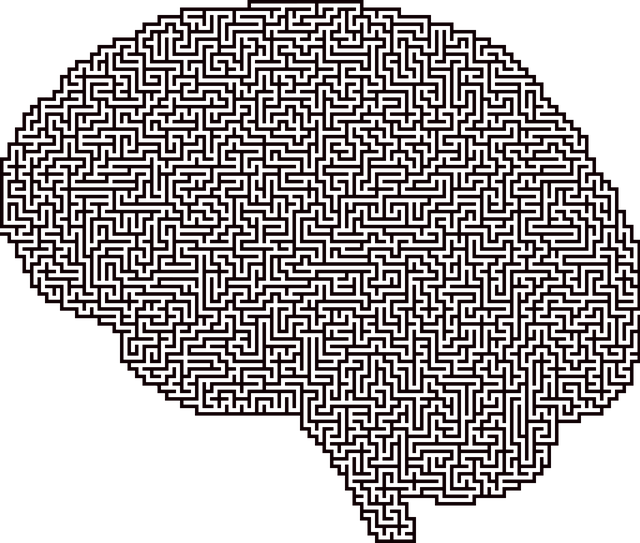Adolescent Adjustment Disorder (AAD), characterized by emotional and behavioral challenges, is often co-occurring with depression or anxiety. Diagnosed through comprehensive evaluations, it requires symptoms persisting for at least six months causing significant impairment. Early identification enables targeted therapy focusing on symptom management. CBT and holistic strategies are key treatment approaches, tailored to individual needs for better outcomes. Supportive communication, access to resources, and community support facilitate healing. Therapy options, support groups, and advocacy ensure adolescents with AAD receive the necessary assistance for optimal recovery.
Mental illness diagnoses can be complex, especially for adolescents struggling with adjustment disorders. This comprehensive guide offers a clear roadmap for understanding, treating, and supporting teen mental health. We delve into the symptoms and diagnostic process for Adolescent Adjustment Disorder (AAD), explore various therapy approaches tailored to teens, and provide practical strategies for parents during their child’s healing journey. Additionally, we highlight valuable resources and community support networks, emphasizing the importance of a holistic approach to optimal recovery for AAD. Discover effective therapy options for your teen with these insightful tips.
- Understanding Adolescent Adjustment Disorder: Symptoms and Diagnosis
- Navigating Treatment Options for Teens: Therapy Approaches
- Supporting Your Teen Through the Healing Process
- Resources and Community Support for Optimal Recovery
Understanding Adolescent Adjustment Disorder: Symptoms and Diagnosis

Adolescent Adjustment Disorder (AAD) is a common mental health condition affecting teens and young adults, often characterized by a persistent pattern of emotional and behavioral difficulties that interfere with daily functioning. While it may co-occur with other disorders like depression or anxiety, AAD has distinct symptoms such as frequent temper outbursts, frequent arguments with authority figures, and a general sense of irritability or anger. Diagnosing AAD involves a comprehensive evaluation by mental health professionals who assess the teenager’s history, current symptoms, and overall emotional well-being promotion techniques. This process includes in-depth interviews, behavioral observations, and structured clinical assessments tailored to identify the specific areas of distress.
The diagnosis is made when these symptoms persist for at least six months, causing significant impairment in social, academic, or occupational functioning. Mental health professionals also conduct a thorough risk assessment, taking into account potential suicide ideation, self-harm, or aggression towards others. Early identification and intervention are crucial, offering teens targeted therapy for adolescent adjustment disorder to manage symptoms effectively. Healthcare provider cultural competency training is essential as it enables professionals to understand the unique experiences of diverse adolescents, ensuring culturally sensitive treatment approaches that improve outcomes.
Navigating Treatment Options for Teens: Therapy Approaches

Navigating treatment options for teens with mental illness can be a complex process, especially when addressing conditions like Adjustment Disorder. Therapy approaches play a pivotal role in supporting adolescent teens through this challenging phase. Cognitive Behavioral Therapy (CBT) has proven to be highly effective, focusing on identifying and changing negative thought patterns and behaviors. This approach empowers teens to manage their symptoms by learning coping strategies and problem-solving skills.
Incorporating self-care practices and mental wellness coaching programs can further enhance the therapeutic journey. These initiatives encourage adolescents to develop healthy habits, such as regular exercise, mindfulness techniques, and effective stress management. By combining targeted therapy with holistic well-being strategies, healthcare providers can offer comprehensive support tailored to each teen’s unique needs, fostering better outcomes and a more resilient mindset.
Supporting Your Teen Through the Healing Process

Supporting your teen through the healing process requires a combination of understanding, patience, and guidance. The diagnosis of an adjustment disorder in adolescents often involves a journey of therapy, where they learn coping mechanisms to navigate their emotions and challenges. During this time, it’s essential for parents or caregivers to be actively involved, offering unwavering support while encouraging independent decision-making.
One effective strategy is to ensure regular communication with the healthcare provider, who can offer specialized Therapy for Adolescent Teens Adjustment Disorder. The Mental Health Education Programs Design should incorporate cultural competency training to address any unique needs stemming from diverse backgrounds. Additionally, Crisis Intervention Guidance can equip both teens and caregivers with tools to manage acute situations, fostering a safer and more supportive environment for healing.
Resources and Community Support for Optimal Recovery

Accessing resources and community support is pivotal for adolescents navigating a diagnosis of Adjustment Disorder. This period can be challenging, but with the right assistance, teens can work towards optimal recovery. Various therapy options, tailored to their unique needs, are available, such as cognitive-behavioral therapy (CBT), which has proven effective in managing symptoms associated with adjustment disorder. Support groups and peer connections also play a significant role in fostering emotional well-being promotion techniques, offering teens a safe space to share experiences and gain understanding from those facing similar challenges.
Beyond therapy for adolescent teens with adjustment disorder, initiatives like mental health policy analysis and advocacy are crucial. Raising awareness and advocating for improved access to services can prevent burnout among both patients and care providers. By addressing systemic issues and implementing evidence-based practices, communities can better equip themselves to support young individuals in their pursuit of recovery, ensuring a brighter future where emotional well-being is prioritized and sustained.
Mental illness, especially adolescent adjustment disorder, can be challenging to navigate. However, understanding symptoms and diagnosis, coupled with access to effective therapy approaches, supportive care, and community resources, empowers teens and their families towards healing. By providing a comprehensive toolkit of knowledge and support, we can help adolescents find their path to recovery, ensuring they receive the best possible treatment for their adjustment disorder. This involves exploring various therapy options tailored to their unique needs, fostering a nurturing environment, and connecting them with supportive communities. Together, we can revolutionize mental health care for teens, making it accessible, effective, and empowering.
